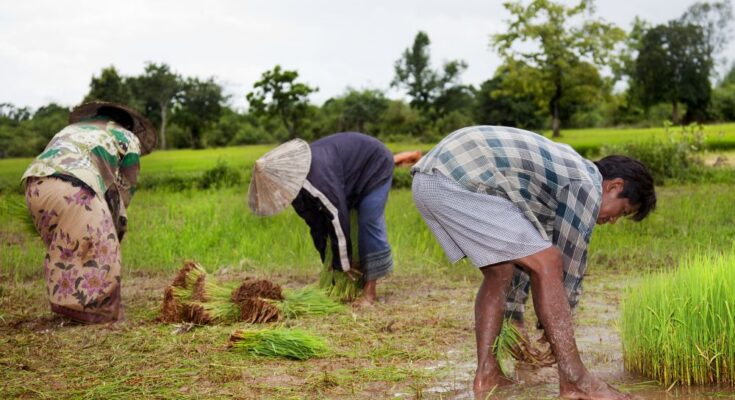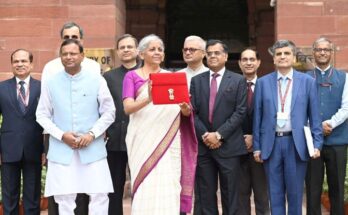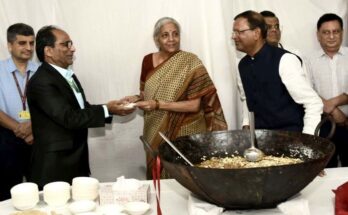The virtual 14th Pan-Asia Farmers Exchange Programme was jointly organised by CropLife Asia, CropLife Philippines and Biotechnology Coalition of the Philippines recently to showcase the importance of agricultural biotechnology. The programme saw participation of scientists, researchers, farmer representatives, executives from seed industry and science communicators who shared insights, knowledge on the importance of biotechnology in agriculture. In the 5-day conference, several virtual sessions were conducted on the topics ranging from benefits of Genetically Modified (GM) crops, new plant breeding innovations, stringent approval processes in different countries as well as science-based regulation for the safety of humans and environment.
There were farmers from India, Australia, Philippines, Indonesia, Pakistan and other Asian countries, who shared their experiences on growing GM crops and how it led to higher productivity and thus higher income for them. Anil Ghanwat, President, Shetkari Sanghtana, a farmer organisation from India, gave insights on communicating about agriculture biotechnology to farmers and policy-makers in India. An Australian farmer, Belinda ‘Bindi’ Murray, who cultivated GM Canola said the input cost for the GM crops was high as farmers were supposed to pay for the technology upfront. “However, it proved to be a very useful tool in our toolbox. It increases our sustainability in a drying climate,” she said.
Juanito “Ka Jhonny” Rama, a farmer from the Philippines, said his income grew substantially after he switched to Bt cotton in 2003. “I started planting GM corn in 2003. The company that invented the seeds convinced me to try GM corn. At first, we had doubts because there were rumours that it was bad for health. Other farmers and I were open minded since we knew we can harvest more from GM corn compared to ordinary corn. We tried GM corn even though it was little expensive. But when we harvested the crops, it exceeded our expectations. This is because the GM corn is resistant to insects. That is why the harvest was more than double and 100 percent damage free,” he said.
Dr. Gabriel Romero, Executive Director, Phil Seed Industry Association, said that the use of biotechnology in agriculture led to reduction in the use of pesticides and manual labour by 60 percent. “Moreover, it caused higher productivity as the output of Bt corn was found to be 41 percent higher to non-Bt corn,” he said. Romero asserted that no negative effect on insect population was seen in Bt corn fields; rather it led to increase in population of beneficial insects.
Dr Saturnina C. Halos, President, Biotechnology Coalition of the Philippines, spoke on the biosafety regulations and explained possible food hazards with genetic engineering in terms of safety of new protein products of transferred gene. “New protein product is the main difference between the GM and non-GM. So, safety of new protein products is assessed as it can change nutritional components. There can be adverse impact of hybridisation on biodiversity, which can even lead to loss of species,” she said. Halos said it was the role of respective governments to address the safety concerns. “What they need to do is to establish a regulatory system and risk assessment should be done prior to commercial release,” she added.
The programme gave the participants an opportunity to understand the technology of GM crops – their development, safety assessment, regulation, cultivation as well as farmers’ testimonials to growing GM crops across Asia.




